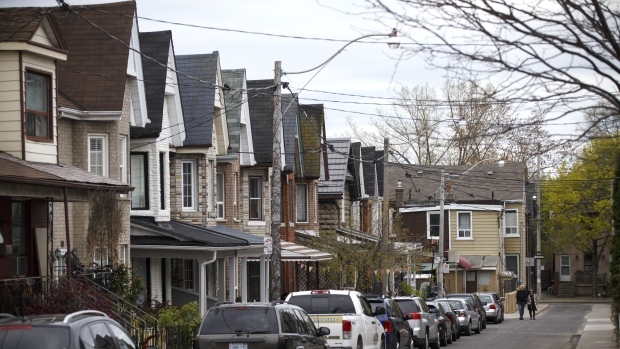The founder of Canada’s largest residential homebuilder says it’s time for regulators to cut potential buyers some slack.
“Ownership is something that young Canadians aspire to, and I hear it all the time from people that they want to buy a house, they like the price that we’re able to offer them… but qualifying for that mortgage at two per cent over the actual rate is holding them back,” Mattamy Homes founder and chief executive officer Peter Gilgan told BNN Bloomberg in an interview, referencing the B-20 mortgage stress tests that took effect at the start of 2018.
“I think that [B-20] did a job, maybe a little too good a job of cooling the market. I think it’s time for [those stress tests] to go away.”
Gilgan’s comments echo a call from the Toronto Real Estate Board to reconsider the B-20 regulations. “The stress test should be reviewed and consideration should be given to bringing back 30-year amortizations for federally insured mortgages," said TREB President Garry Bhaura in a release on March 5.
The city’s average home price jumped just over $32,000 to $780,397 in February from the previous month, according to TREB data. The average cost of a Toronto home the month prior to B-20 taking effect was $735,021.
He chalked the supply-and-demand imbalance in the province up to years of the provincial government dragging its feet.
“It’s an attitude of, ‘Let’s not make a decision. Then we can’t get in trouble on a bureaucratic level. Let’s continue to ask for more, and more, and more information and play out all of the time we have’ rather than saying, ‘How can we help this organization bring this product to market?’” he said.
Gilgan – who announced on March 5 that he was getting into the investment business with the launch of Mattamy Asset Management – said the lag time between building and being able to sell properties has become “bizarre and quite pervasive.”
He called for more competition in the homebuilding space in efforts to get new homes to market quicker.
“Imagine if you have to hold an asset for another 10 or 15 years,” Gilgan said of having to sit on properties for years while awaiting regulatory decisions from the province. “Your costs of holding that asset are significant, and that affects the input costs that you have to put into pricing the house.”
“I love to compete ... Let’s create more competitiveness in the real estate economy. We all know what competition is going to do. It’s going to bring prices down into a more affordable zone for more young Canadians.”









